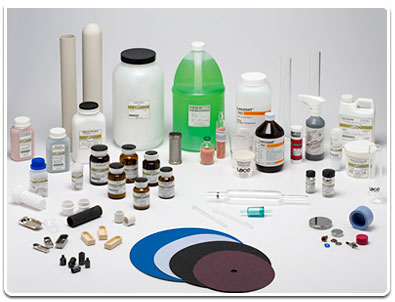A Tradition of Innovation
For more than 75 years, LECO has provided innovative solutions to scientists around the world.
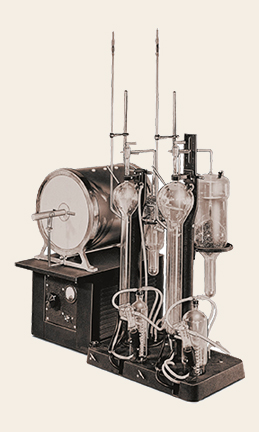
1936: Carl Schultz founds the Laboratory Equipment Company and introduces the first rapid carbon determinator for the steel industry.
1945: When World War II prevents the importation of ceramic combustion ware, LECO begins developing its own line of combustion vessels.
1950: The high-frequency induction furnace is developed, significantly reducing analysis times.
1967: LECO's first international presence is established with the formation of the Export Division in Germany.
1970: Solid state infrared cells, resistance and induction furnaces, and advanced instrumentation using digital electronics are developed.
1973: A metallographic line is added.
1976: LECO's first protein determinator, the NP-28, is introduced to the organic and food markets.
1979: The SC-32, the industry's first automated sulfur analyzer, replaces the tedious ESCHA wet chemistry method.
1980: Internal microprocessors, self-calibration, self-diagnostics, and autosamplers are integrated into instrument designs to improve speed and general operation, providing results in less than 30 seconds.
1983: The TGA moisture/ash series is introduced. The Carl E. Schultz Technical Center opens as a state-of-the-art research and development center.
1990: LECO's first GDS and ICP spectrometers are released into the market.
1993: After an audit by the British Standard Institute, LECO becomes certified and registered to the international quality standard ISO-9002. Certification is later upgraded to ISO-9001.
1997: The Pegasus GC-TOFMS, one of the first time-of-flight mass spectrometers in the marketplace, was released by LECO. Future generations of the instrument would include expanded library databases, Automated Peak Find, and True Signal Deconvolution® algorithms.
2000: LECO introduces the next generation of instruments for carbon/sulfur and nitrogen/carbon analysis. The TC-600 and CS-600 series are the first instruments of their kind with built-in Windows®-based software.
2000: SmartLine® Remote Diagnostics are developed for LECO instruments, providing service capabilities via the internet and reducing costly service visits.
2002: Through a collaboration of sound engineering and customer input, the TruSpec® elemental analyzer is introduced, changing the way the world performs protein analyses.
2006: LECO opens its Global Support Center, a 50,000 square foot service and training facility.
2007: The state-of-the-art Life Science & Chemical Analysis Centre opens, providing applications support and instrument training for all of LECO's separation science instruments.
2009: The TruMac® is introduced as the first instrument capable of performing macro sample analysis (1 to 3 g) since the mid-1980s.
2011: Cornerstone software is launched, providing faster, more intuitive operation, including touch-screen capabilities, of new LECO analytical products.
2011: LECO earns industry accolades with the unveiling of new High Resolution TOFMS (HRT) technology, which offers user superior resolution, mass accuracy, acquisition speed, and sensitivity in one instrument and at the same time.
2012: LECO opens the Elizabeth S. Warren Technical Centre for Separation Science, a 28,000 square-foot facility dedicated to the research and development of innovative instrumentation and equipment for the separation science product line.
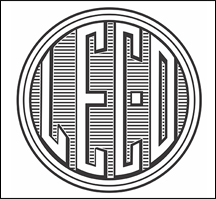
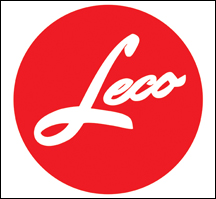
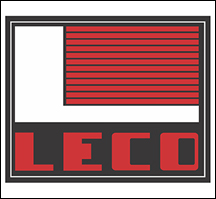
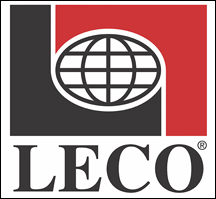
Releases |
